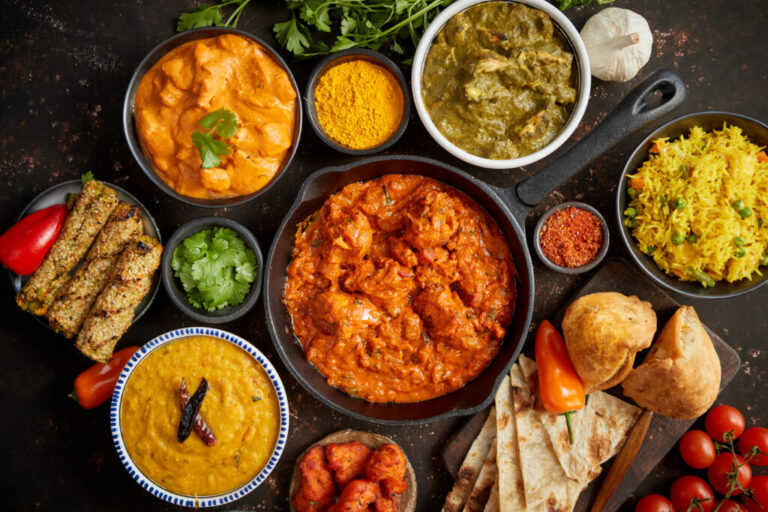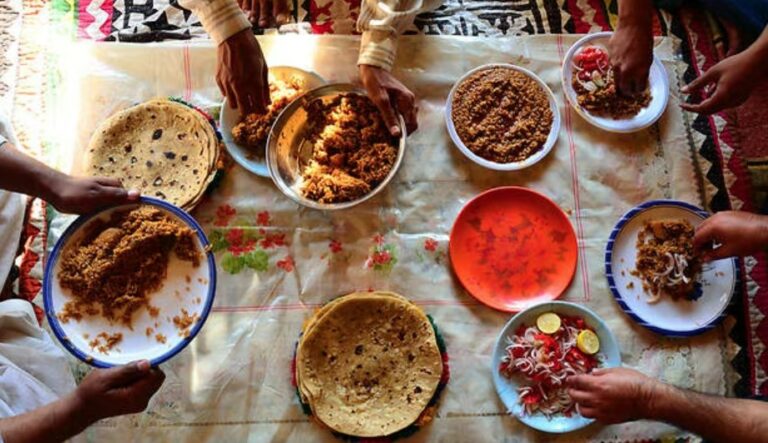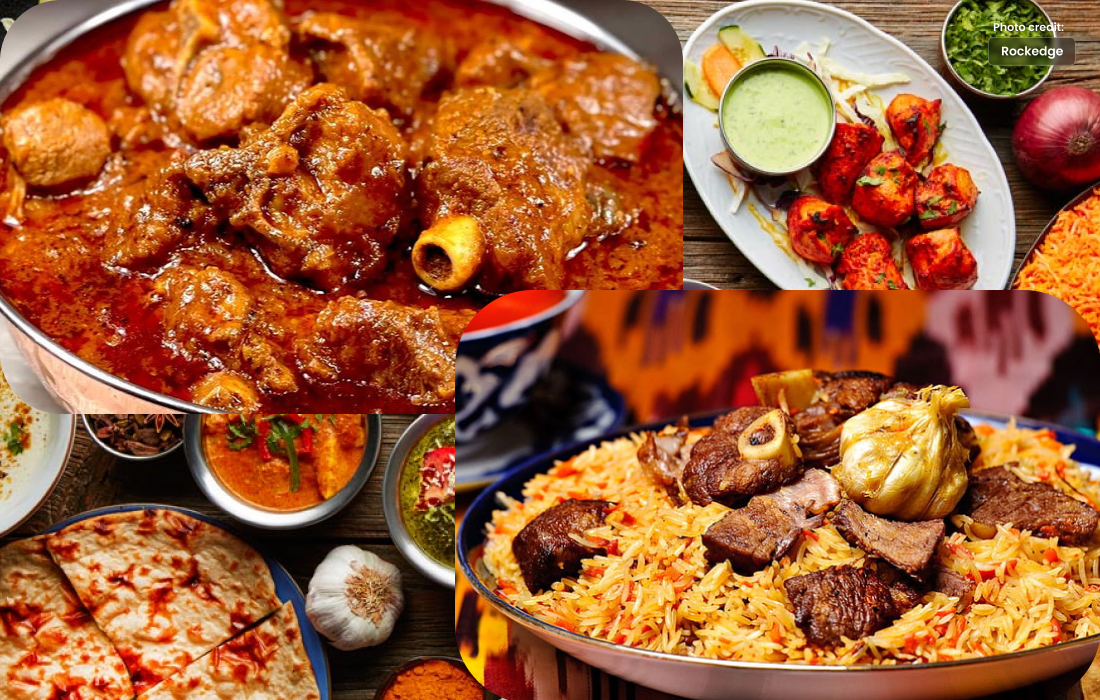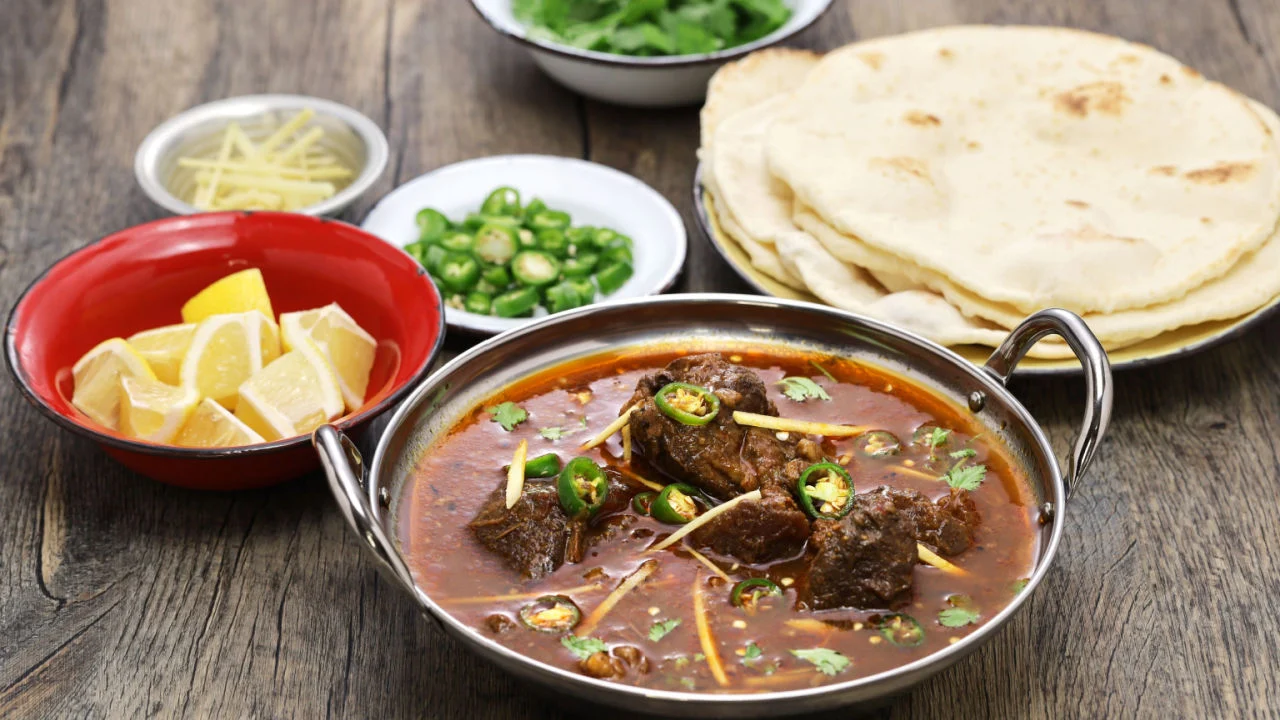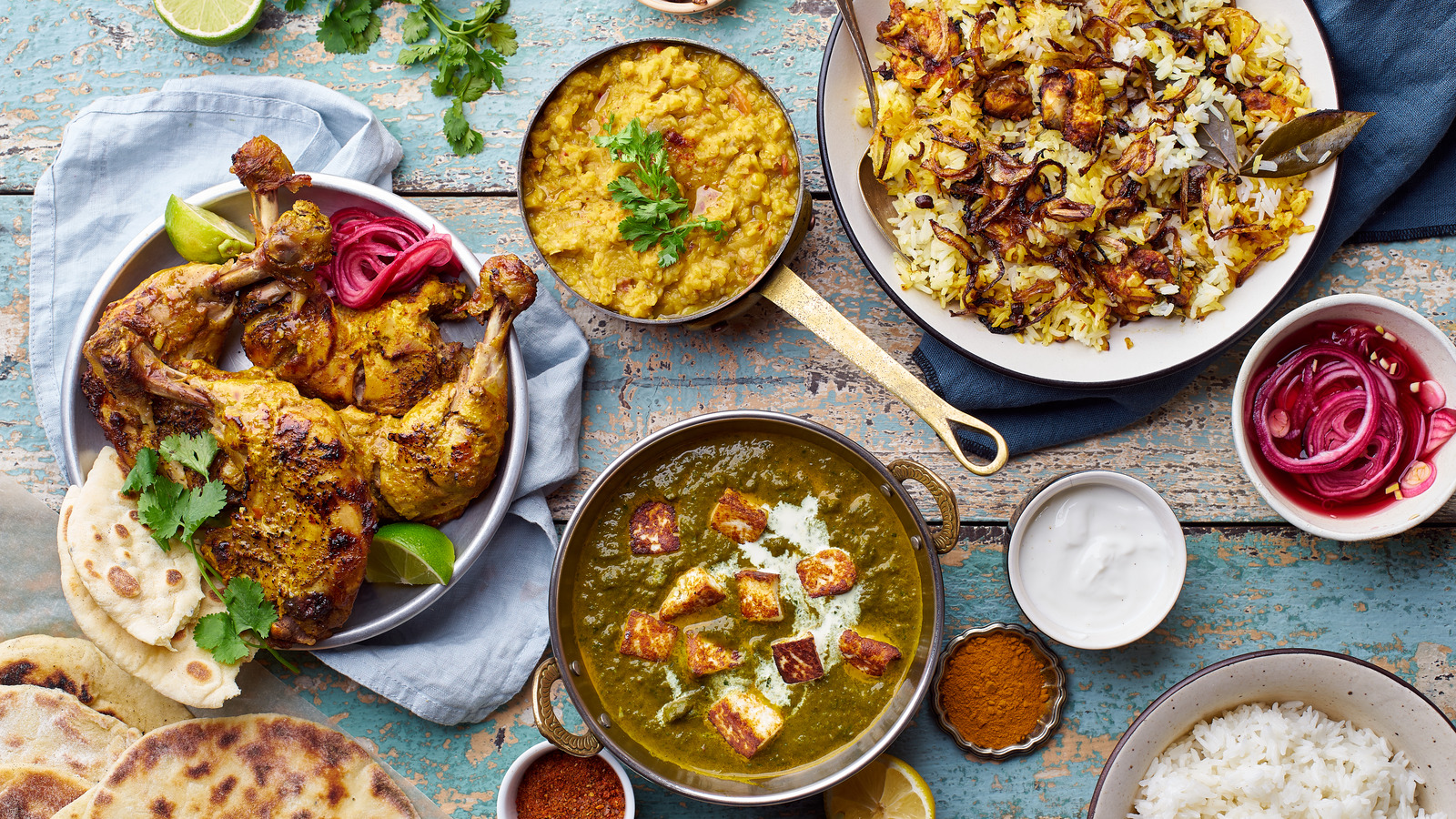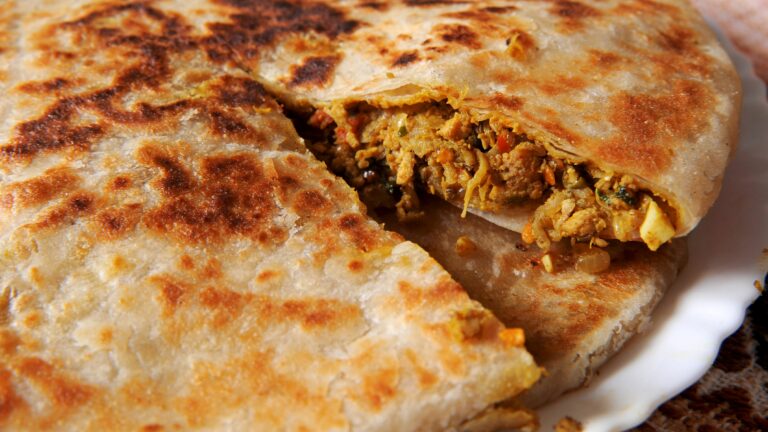Introduction: Pakistani cuisine
Pakistani cuisine is known for its rich and diverse flavors that are influenced by the country’s history and geography. The cuisine is a fusion of various regional and cultural influences, including Indian, Persian, and Central Asian. Pakistani cuisine is popular for its fiery curries, aromatic spices, and tender meats.
Punjab: The land of flavorful curries
Punjab is the largest province in Pakistan and is known for its flavorful curries. The cuisine in Punjab is influenced by Indian cuisine and is characterized by its use of rich spices, herbs, and ghee. Some of the popular dishes from Punjab include butter chicken, chicken tikka masala, and biryani. One of the unique dishes from Punjab is saag, which is made with mustard greens and served with cornbread or roti.
Sindh: Spicy and tangy delights
The Sindh province is located in the southern part of Pakistan, and the cuisine is known for its spicy and tangy flavors. The most popular dish from Sindh is the Sindhi biryani, which is made with meat, rice, and spices. Another popular dish from Sindh is the Sai Bhaji, which is a vegetarian dish made with spinach, lentils, and vegetables. Sindh is also known for its sweet dishes, such as the falooda, which is a cold dessert made with vermicelli noodles, rose syrup, and milk.
Balochistan: Meaty dishes and rich flavors
Balochistan is the largest province in Pakistan and is known for its meaty dishes and rich flavors. The cuisine in Balochistan is influenced by Persian and Afghan cuisine and is characterized by its use of dried fruits, nuts, and spices. One of the popular dishes from Balochistan is the Sajji, which is a roasted chicken or lamb dish that is marinated in a spice mixture and cooked over coals. Another popular dish from Balochistan is the Dampukht, which is a slow-cooked lamb or beef stew that is flavored with saffron and other spices.
Khyber Pakhtunkhwa: Classic dishes for meat lovers
Khyber Pakhtunkhwa is located in the northern part of Pakistan and is known for its classic dishes for meat lovers. The cuisine in Khyber Pakhtunkhwa is influenced by Afghan and Central Asian cuisine and is characterized by its use of meat, spices, and herbs. One of the most popular dishes from Khyber Pakhtunkhwa is the Chapli kebab, which is a spicy beef or lamb patty that is flavored with spices and herbs. Another popular dish from Khyber Pakhtunkhwa is the Peshawari karahi, which is a spicy chicken or lamb curry that is cooked in a wok.
Gilgit-Baltistan: Unique dishes from the mountain region
Gilgit-Baltistan is located in the mountainous region of Pakistan, and the cuisine is influenced by Tibetan and Chinese cuisine. The cuisine in Gilgit-Baltistan is characterized by its use of dried fruits, nuts, and local herbs. One of the unique dishes from Gilgit-Baltistan is the Hunza pie, which is a savory pie made with spinach, potatoes, and cheese. Another popular dish from Gilgit-Baltistan is the Shish kebab, which is a skewered meat dish that is marinated in a spice mixture and grilled over coals.


